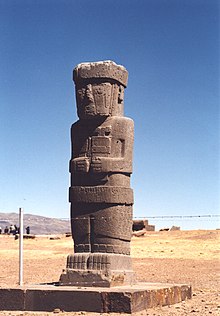Wrap pants

A Wickelhose was originally the wraparound comparable predominantly male garment whose central part is drawn between the thighs and above the pubic area to the front and fixed to the hip. Since the second half of the 20th century, the Thai form has also been worn by women.
history
Wrap-around skirt and trousers were originally nothing more than about 2-3 m long and about 1 m wide woven fabric panels that were fixed in the hip area by a specific wrapping technique; the upper body of men and women was usually unclothed. Wrap pants and wrap skirts probably have their origin in (Near) Asian countries, v. a. in Mesopotamia and on the Indian subcontinent . The oldest (preserved) depictions of wrap skirts, which were also worn by men, can be found in Egyptian and Mesopotamian art . The oldest depictions of wrap pants can be found in the Buddhist stone fences ( vedikas ) of the stupas of Bharhut and Sanchi (each around
100 BC).
species
India
The Indian wrap pants, made of light cotton fabrics , are placed on the upper part of the seat and pulled forward through the crotch, then tucked into each other in the front hip area or fixed with loose or sewn-on fabric belts.
Thailand
The Thai wrap pants , probably changed by European influences, are also known as Thai Fisherman Pants and are made in one size . They are put on like normal trousers, but adapted to the body shape and size by folding on the front and fixed by a sewn belt.
Others
Wrap pants are also found in the pre-Hispanic culture of Tiahuanaco ( Bolivia ).
